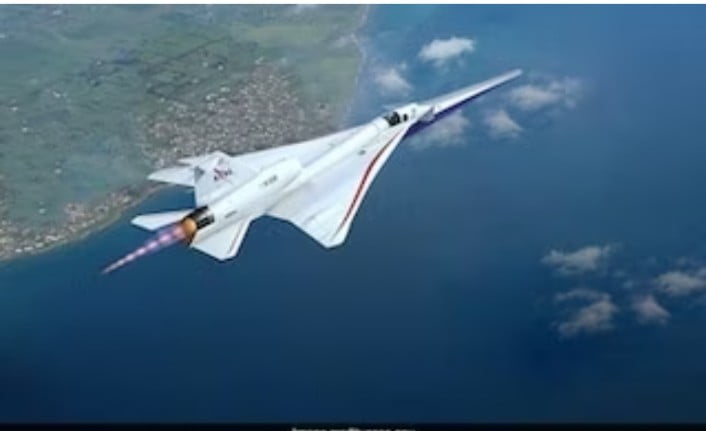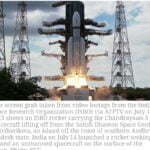In a recent revelation, the United States’ esteemed space agency NASA has embarked on a venture to assess the viability of introducing a commercial aircraft capable of traversing four times the speed of sound. Unveiled in a statement on its official platform earlier this week, NASA provided insights into an experimental aircraft designed to reach speeds of Mach 2 and Mach 4, which translates to an astonishing 2,470-4,900 kilometers per hour. Comparatively, this ambitious endeavor seeks to surpass the velocities of contemporary aircraft by more than fivefold. These conventional planes maintain an approximate cruising speed of 600 miles per hour (965 kilometers per hour), corresponding to nearly 80 percent of the speed of sound.
If actualized, this groundbreaking advancement could facilitate long-haul journeys such as the New York to London route, spanning a distance of 3,459 miles (5,566 kilometers), in a mere 1.5 hours.
Distinguished as the X-59, the proposed aircraft rests upon the foundation of Quiet SuperSonic Technology (QuessT), an innovation geared towards mitigating the sonic boom effect generated when aircraft surpass the speed of sound. As delineated by space.com, the projected outcome for the X-59 is the substitution of the earth-shaking roar typically associated with aircraft breach of the sound barrier with a subdued thump reminiscent of a nearby car door’s closure.
In their meticulous analysis, NASA examined the prospective routes amenable to deployment of this avant-garde aircraft. Excluding regions such as the United States, which imposes a ban on supersonic flight over land, the study encompassed transoceanic trajectories, encompassing bustling North Atlantic passages as well as those spanning the Pacific expanse.
Lori Ozoroski, project manager for NASA’s Commercial Supersonic Technology Project, elucidated, “We conducted similar concept studies over a decade ago at Mach 1.6-1.8, and those resulting roadmaps helped guide NASA research efforts since, including those leading to the X-59.” Ozoroski further expounded that this latest research phase would not only rejuvenate the insights derived from prior evaluations but would also unearth fresh avenues for comprehensive high-speed exploration.
Subsequent to the culmination of industry engagement endeavors, NASA’s Advanced Air Vehicles Program (AAVP) will proceed to the subsequent developmental phase. During this stage, the space agency is poised to extend contracts to assorted companies to spearhead the conceptual design process alongside delineating the technology roadmaps requisite for such a remarkable leap in aerospace innovation.




